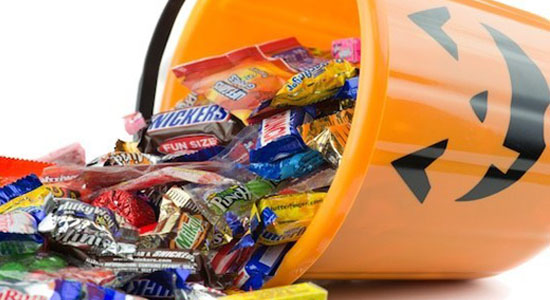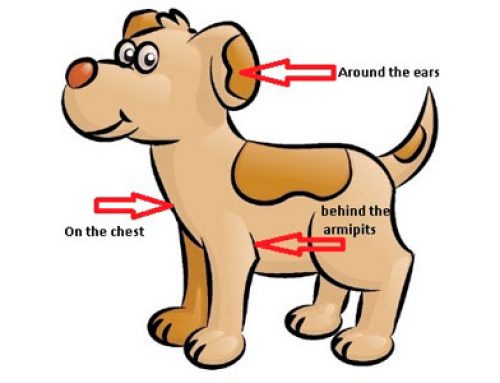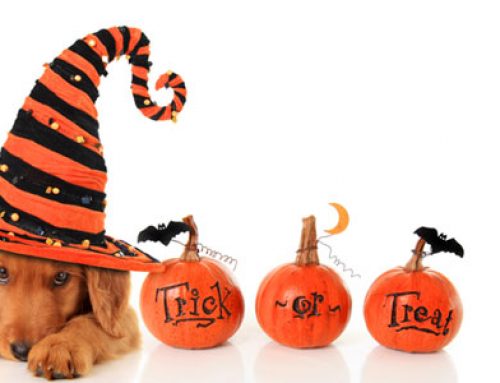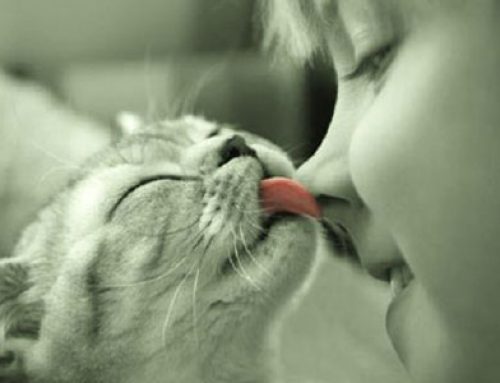As we get into one of the most fun and exciting holidays of the year, we need to remember that although our pets may not be indulging in the sweets – they are usually apart of the activities! Here are some things to keep in mind and make Halloween fun and safe for the whole family:
Chocolate Toxicity
Of all candy, chocolate is one of the most toxic to pets. Milk chocolate is less toxic than dark chocolate or baker’s chocolate (generally the darker the chocolate, the more toxic), but any treat containing cocoa can be dangerous if consumed in large enough quantities. For example, a 50-pound dog can be sickened by ingesting only one ounce of Baker’s chocolate!
Symptoms of chocolate poisoning may include vomiting, diarrhea, rapid breathing, increased heart rate, and seizures.
Candy/other treats
While some of the Halloween candy may not be as poisonous as chocolate, ingesting food or treats with high levels of sugar and fat can cause a condition known as pancreatitis. Pancreatitis is inflammation of the pancreas and is very painful. Symptoms include decreased appetite, vomiting, diarrhea, lethargy, abdominal pain, and potentially, kidney failure or organ damage.
Xylitol, a sweetener found in some chocolate, many candies and gum, can be extremely toxic to pets. Even small amounts of xylitol can cause a sudden drop in blood sugar, loss of coordination and seizures.
Raisins/Grapes
Boxes of raisins are a great healthy treat idea for 2-legged trick-or-treaters, but be sure to keep them away from the four legged ones! These are extremely are poisonous to dogs! Very small amounts of raisins (and grapes) can cause kidney failure in dogs and, potentially, cats. Symptoms include vomiting, nausea, decreased appetite, lethargy, abdominal pain, and severe kidney failure.

Candy wrappers
Usually, when fluffy gets his paws on some Halloween treats, he doesn’t bother to remove the wrapping. Candy wrappers can cause a different problem then they treats inside them. Ingestion of foil or plastic wrappers, lolly pop sticks etc. can damage the lining of the intestinal tract and in extreme cases can cause obstructions, which can require surgical intervention to correct. Symptoms of a bowl obstruction include vomiting, decreased appetite, not defecating, straining to defecate, or lethargy.
Be sure to keep that candy away from Fluffy, and make sure to throw out the wrappers in a place where he can’t find them!
To help remove temptation, be sure to keep all the Halloween treats far out of both dog and cat reach! And it is always a good idea to have some pet-safe treats around to occupy them with while the humans enjoy their treats! If there are young children around, or the potential for treats to fall, it is sometimes best to keep the pets in a different part of the house.
**If your pet has ingested any of the substances mentioned above, it is important that you contact us or your closest emergency veterinarian immediately.**











Leave A Comment